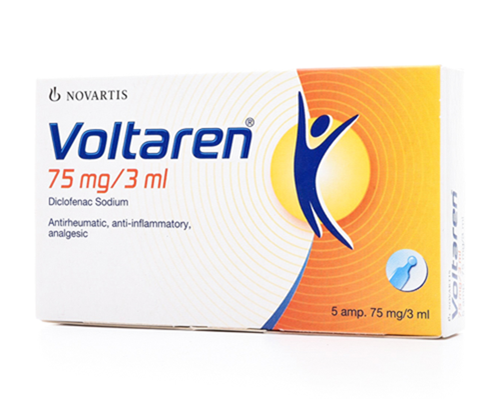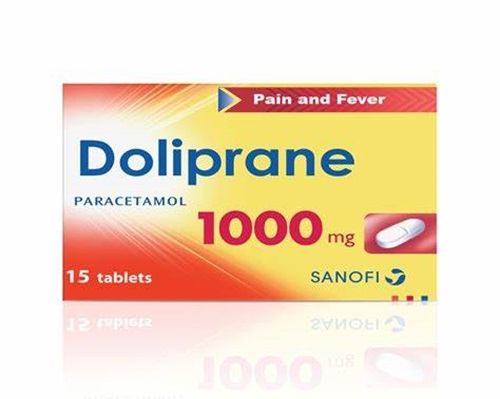Description
Trade name:
Diclac Retard
Compound:
Each tablet contains:
Diclofenac sodium 75 mg
Auxiliary components:
lactose monohydrate, calcium hydrogen phosphate dihydrate, corn starch, methylhydroxypropyl cellulose, microcrystalline cellulose, sodium starch glycolate, colloidal silicon dioxide, magnesium stearate, iron oxide red (E172).
Properties:
NSAID, a derivative of phenylacetic acid. It has a pronounced anti-inflammatory, analgesic and moderate antipyretic effect. The mechanism of action is associated with the inhibition of the activity of COX – the main enzyme in the metabolism of arachidonic acid, which is a precursor of prostaglandins, which play a major role in the pathogenesis of inflammation, pain and fever. The analgesic effect is due to two mechanisms: peripheral (indirectly, through the suppression of prostaglandin synthesis) and central (due to the inhibition of prostaglandin synthesis in the central and peripheral nervous system).
Inhibits proteoglycan synthesis in cartilage.
In rheumatic diseases, it reduces joint pain at rest and during movement, as well as morning stiffness and swelling of the joints, and helps increase the range of motion. It reduces post-traumatic and post-operative pain, as well as inflammatory edema.
Inhibits platelet aggregation. With prolonged use, it has a desensitizing effect.
Indications:
Joint syndrome (rheumatoid arthritis, osteoarthritis, ankylosing spondylitis, gout), degenerative and chronic inflammatory diseases of the musculoskeletal system (osteochondrosis, osteoarthrosis, periarthropathy), post-traumatic inflammation of soft tissues and the musculoskeletal system (sprains, bruises). Pain in the spine, neuralgia, myalgia, arthralgia, pain syndrome and inflammation after surgery and injury, pain syndrome in gout, migraine, algomenorrhea, pain syndrome in adnexitis, proctitis, colic (biliary and renal), pain syndrome in infectious and inflammatory diseases of the ENT organs.
Method of administration and dosage:
Take 1-2 tablets per day.
The maximum daily dose for adults when taken orally is 150 mg/day.
The tablets should be taken before meals.
Contraindications:
Erosive and ulcerative lesions of the gastrointestinal tract in the acute phase, “aspirin triad”, hematopoietic disorders of unclear etiology, hypersensitivity to diclofenac or other NSAIDs.
Precautions:
Use with special caution in cases of liver, kidney, gastrointestinal diseases in the anamnesis, dyspeptic phenomena, bronchial asthma, arterial hypertension, heart failure, immediately after serious surgical interventions, as well as in elderly patients.
If there is a history of allergic reactions to NSAIDs and sulfites, diclofenac is used only in emergency cases. During treatment, systematic monitoring of liver and kidney function and peripheral blood picture is necessary.
Side effects:
From the digestive system: nausea, vomiting, anorexia, pain and discomfort in the epigastric region, flatulence, constipation, diarrhea; in some cases – erosive and ulcerative lesions, bleeding and perforation of the gastrointestinal tract; rarely – liver dysfunction. With rectal administration, inflammation of the colon with bleeding, exacerbation of ulcerative colitis were noted in isolated cases.
From the central nervous system and peripheral nervous system: dizziness, headache, agitation, insomnia, irritability, feeling of fatigue; rarely – paresthesia, visual disturbances (blurring, diplopia), tinnitus, sleep disorders, convulsions, irritability, tremor, mental disorders, depression.
From the hematopoietic system: rarely – anemia, leukopenia, thrombocytopenia, agranulocytosis.
From the urinary system: rarely – renal dysfunction; in predisposed patients, edema is possible.
Dermatological reactions: rarely – hair loss.
Allergic reactions: skin rash, itching; when used in the form of eye drops – itching, redness, photosensitivity.
Storage method:
At a temperature not exceeding 30 degrees. In a dry place.









